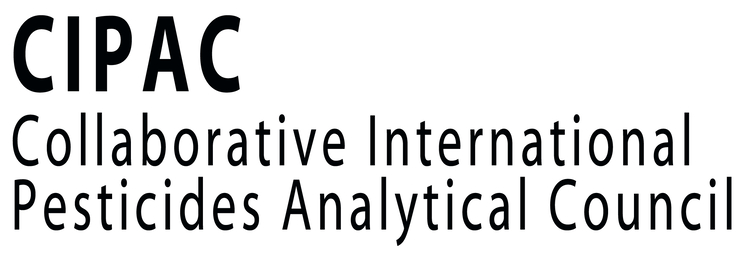History
The CIPAC coding system for pesticide active ingredients originates from the discussions at the 4th meeting of the FAO Working Party of Experts on the Official Control of Pesticides (Section B - Specifications) held in Rome in November 1968, when a classification system for specifications, methods of analysis and relevant papers was agreed. This system included the allocation of a code number to each active ingredient of distinctive structure.
The reason for the use of code numbers instead of common names was to avoid misinterpretation in cases where:
- different common names had been approved by the different national standard organization;
- common names had been changed at some point for what reason ever and;
- common names had been changed at some point for what reason ever and;
Where there were derivatives of a chemical with different common names (e.g. parathion and parathion-methyl; azinphos-methyl and azinphos-ethyl), a single code number was allocated, with the difference in the chemical indicated by the addition of a letter to the code number. For example, particular esters were indicated by an 'a' (methyl) or a 'b' (ethyl), thus parathion-methyl was 10.a and parathion 10.b.
Electronic data processing and the rules of ISO (ISO Standard 257, pesticides and other agrochemicals - Principles for the selection of common names) made it necessary to amend the coding system. Thus with the publication of CIPAC Handbook E in 1993, several code numbers had to be changed. Parathion received the code 10, parathion-methyl 487, azinphos-methyl 37, azinphos-ethyl 485 and lindane (gamma-HCH) was changed from 4gamma to 488, etc.
It was necessary to also change the extension codes to a 3-digit numerical code and to adopt ISO names for ions and radicals (ISO 257). At present, CIPAC codes are also allocated to active ingredients where there is no intention to prepare analytical methods (such as for viruses e.g: 618, Zucchini Yellow Mosaic Virus (ZYMV mild strain) and bacteria). They include (July 2017) around 1000 compounds. A CIPAC code can be allocated as soon as a ISO common name for a certain compound has been accepted
CIPAC analytical methods for pesticides are referred to using the code of the compound. For example, the method for cymoxanil water dispersible granules (WG), is referred to as 419/WG/M, as the CIPAC code for cymoxanil is 419.
